 Biomedical engineers have developed a process to build protective, synthetic plant cell walls around animal cells. The work could hold significant potential for a variety of medical and biomanufacturing applications for human health.
Biomedical engineers have developed a process to build protective, synthetic plant cell walls around animal cells. The work could hold significant potential for a variety of medical and biomanufacturing applications for human health.
Tuesday, July 16, 2019
Bioengineered cell walls open new medical, research possibilities
 Biomedical engineers have developed a process to build protective, synthetic plant cell walls around animal cells. The work could hold significant potential for a variety of medical and biomanufacturing applications for human health.
Biomedical engineers have developed a process to build protective, synthetic plant cell walls around animal cells. The work could hold significant potential for a variety of medical and biomanufacturing applications for human health.
Tiny vibration-powered robots are the size of the world's smallest ant
 Researchers have created a new type of tiny 3D-printed robot that moves by harnessing vibration from piezoelectric actuators, ultrasound sources or even tiny speakers.
Researchers have created a new type of tiny 3D-printed robot that moves by harnessing vibration from piezoelectric actuators, ultrasound sources or even tiny speakers.
We accidentally created a new wonder material that could revolutionise batteries and electronics
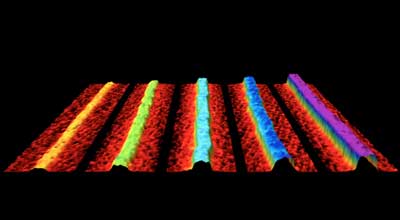 Researchers have created phosphorene nanoribbons by accident - a material made from one of the universe's basic building blocks, but that has the potential to revolutionise a wide range of technologies.
Researchers have created phosphorene nanoribbons by accident - a material made from one of the universe's basic building blocks, but that has the potential to revolutionise a wide range of technologies.
Watching molecules split in real time
 A new method could be used to look at chemical reactions that other techniques can't catch, for instance in catalysis, photovoltaics, peptide and combustion research.
A new method could be used to look at chemical reactions that other techniques can't catch, for instance in catalysis, photovoltaics, peptide and combustion research.
Wood-based technology creates electricity from heat
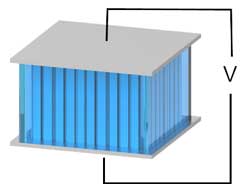 Researchers have created a heat-to-electricity device that runs on ions and which could someday harness the body's heat to provide energy.
Researchers have created a heat-to-electricity device that runs on ions and which could someday harness the body's heat to provide energy.
New shapes of laser beam 'sneak' through opaque media
 Researchers have found a way to pre-treat a laser beam so that it enters opaque surfaces without dispersing - like a headlight that's able to cut through heavy fog at full strength.
Researchers have found a way to pre-treat a laser beam so that it enters opaque surfaces without dispersing - like a headlight that's able to cut through heavy fog at full strength.
GraphON: Conductive coatings and materials breakthrough
 Scientists have created a breakthrough new form of graphitic material that's conductive, easy to apply and offers greater control over performance than graphene.
Scientists have created a breakthrough new form of graphitic material that's conductive, easy to apply and offers greater control over performance than graphene.
Physicists uncover the topological origin of surface electromagnetic waves
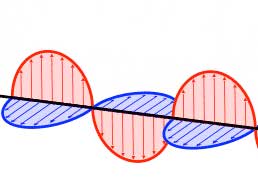 Scientists have shown that the well-known surface electromagnetic waves at interfaces between homogeneous isotropic media, obtained within classical Maxwell's electromagnetism, also have a purely topological origin, similar to quantum topological states.
Scientists have shown that the well-known surface electromagnetic waves at interfaces between homogeneous isotropic media, obtained within classical Maxwell's electromagnetism, also have a purely topological origin, similar to quantum topological states.
How to rapidly image entire brains at nanoscale resolution
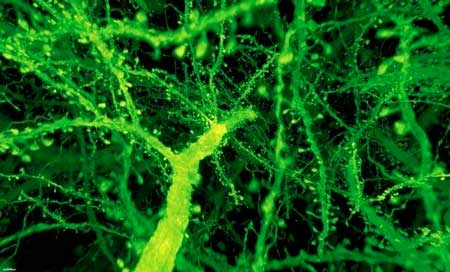 A powerful new technique combines expansion microscopy with lattice light-sheet microscopy for nanoscale imaging of fly and mouse neuronal circuits and their molecular constituents that's roughly 1,000 times faster than other methods.
A powerful new technique combines expansion microscopy with lattice light-sheet microscopy for nanoscale imaging of fly and mouse neuronal circuits and their molecular constituents that's roughly 1,000 times faster than other methods.
MXene researchers find 2-D transition-metal carbides react with water, opening a door to their unknown chemistry
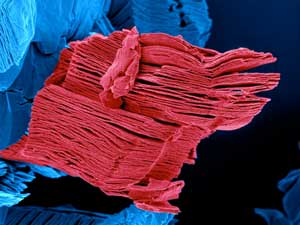 Researchers have discovered that 2-D titanium carbide materials, or MXenes, can react with water without the presence of other oxidizers. Their finding may lead to new insights into the unusual chemistry of MXenes and consequently, have impacts on MXenes' storage and device manufacturing.
Researchers have discovered that 2-D titanium carbide materials, or MXenes, can react with water without the presence of other oxidizers. Their finding may lead to new insights into the unusual chemistry of MXenes and consequently, have impacts on MXenes' storage and device manufacturing.
Researchers demonstrate perovskite's potential in spintronic systems
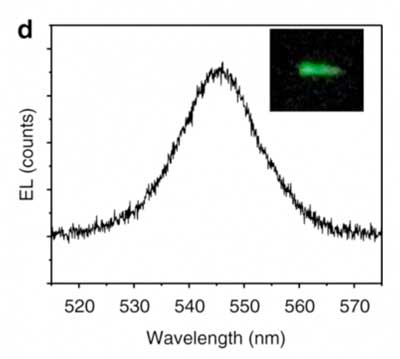 Researchers present two devices built using perovskite to demonstrate the material's potential in spintronic systems. Its properties bring the dream of a spintronic transistor one step closer to reality.
Researchers present two devices built using perovskite to demonstrate the material's potential in spintronic systems. Its properties bring the dream of a spintronic transistor one step closer to reality.
New T-wave detector uses waves of the electronic sea in graphene
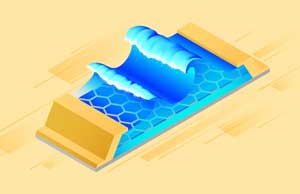 Researchers have created a graphene-based terahertz detector. Their device doubles as a sensitive detector and a spectrometer operating in the terahertz range, and it's also a tool for studying plasmons in two-dimensional materials. All of these things existed before, but they took up a whole optical table. Researchers packed the same functionality into a dozen micrometers.
Researchers have created a graphene-based terahertz detector. Their device doubles as a sensitive detector and a spectrometer operating in the terahertz range, and it's also a tool for studying plasmons in two-dimensional materials. All of these things existed before, but they took up a whole optical table. Researchers packed the same functionality into a dozen micrometers.
Magnetoresistance ratio enhancement in Heusler-based alloy opens the door to highly sensitive magnetic field sensors
 By creating a new multilayer structure with an enhanced magnetoresisitance ratio, researchers show that it's possible to increase the sensitivity of magnetic field sensors.
By creating a new multilayer structure with an enhanced magnetoresisitance ratio, researchers show that it's possible to increase the sensitivity of magnetic field sensors.
Adding graphene to jute fibres could give natural alternative to man-made materials
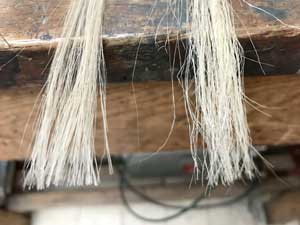 Scientists have combined graphene with the natural fibre, jute, to create a world's first for graphene-strengthened natural jute fibre composites.
Scientists have combined graphene with the natural fibre, jute, to create a world's first for graphene-strengthened natural jute fibre composites.
Building better aerogels by crushing them
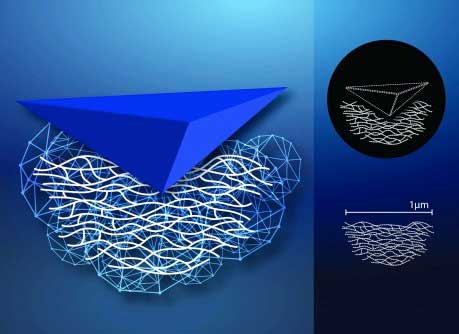 Researchers are investigating the mechanical properties or aerogels at the nanoparticle level - combining experiments and computer modeling to look at how polymeric aerogels can fail and become deformed. By crushing and indenting aerogels, they gained a better grasp on the gels' properties.
Researchers are investigating the mechanical properties or aerogels at the nanoparticle level - combining experiments and computer modeling to look at how polymeric aerogels can fail and become deformed. By crushing and indenting aerogels, they gained a better grasp on the gels' properties.
Alginate-graphene oxide hydrogels as smart biomedical materials
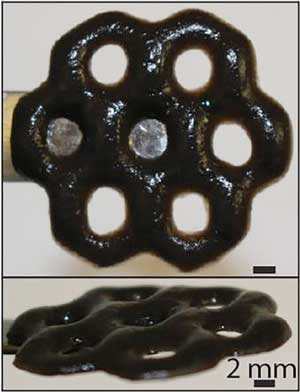 By combining seaweed-derived alginate with the nanomaterial graphene oxide, researchers have developed a new material that's durable and can respond dynamically to its environment.
By combining seaweed-derived alginate with the nanomaterial graphene oxide, researchers have developed a new material that's durable and can respond dynamically to its environment.
New hyperbolic metamaterial allows greater flexibility of manipulating light-matter interactions at the nanoscale
 Researchers have developed a version of a hyperbolical metamaterial in colloidal form. They may find applications in plasmon-enhanced spectroscopy, nanolasers, design of nonlinear phenomena, photothermal conversions, and hot?electron generation.
Researchers have developed a version of a hyperbolical metamaterial in colloidal form. They may find applications in plasmon-enhanced spectroscopy, nanolasers, design of nonlinear phenomena, photothermal conversions, and hot?electron generation.
The slower they turn, the brighter they glow
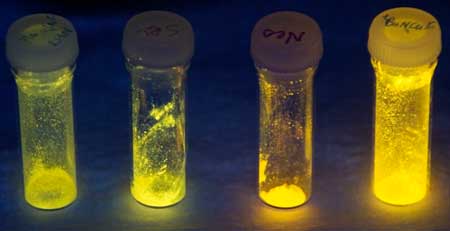 Scientists have discovered that by combining copper with organic molecules, they can create metal complexes that exhibit photoluminescence. What's more, by varying the sizes of those organic molecules, they can control the brightness of the emitted light.
Scientists have discovered that by combining copper with organic molecules, they can create metal complexes that exhibit photoluminescence. What's more, by varying the sizes of those organic molecules, they can control the brightness of the emitted light.
Graphene boosts GHz signals into terahertz territory
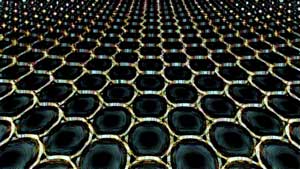 Graphene can generate clock speeds that transcend today's GHz limitations.
Graphene can generate clock speeds that transcend today's GHz limitations.
Nanowire-based light detectors work like gecko ears
 By structuring nanowires in a way that mimics geckos' ears, researchers have found a way to record the incoming angle of light. This technology could have applications in robotic vision, photography and augmented reality.
By structuring nanowires in a way that mimics geckos' ears, researchers have found a way to record the incoming angle of light. This technology could have applications in robotic vision, photography and augmented reality.
Dancing atoms in perovskite materials provide insight into how solar cells work
 A new study is a step forward in understanding why perovskite materials work so well in energy devices and potentially leads the way toward a theorized 'hot' technology that would significantly improve the efficiency of today's solar cells.
A new study is a step forward in understanding why perovskite materials work so well in energy devices and potentially leads the way toward a theorized 'hot' technology that would significantly improve the efficiency of today's solar cells.
Spheres can make concrete leaner, greener
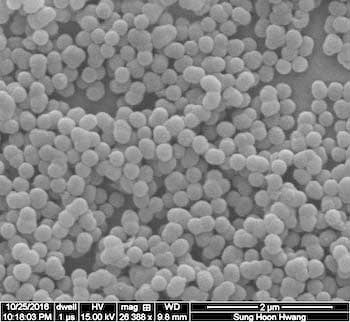 Scientists have developed micron-sized calcium silicate spheres that could lead to stronger and greener concrete, the world's most-used synthetic material.
Scientists have developed micron-sized calcium silicate spheres that could lead to stronger and greener concrete, the world's most-used synthetic material.
'Papertronics' could fold, biodegrade and be the basis for the next generation of devices
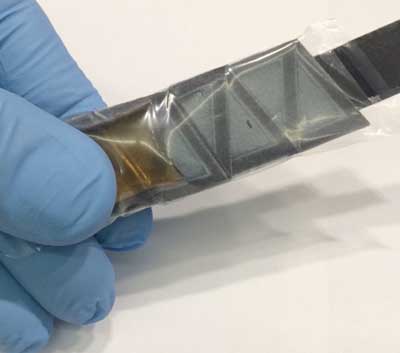 Instead of adding more trash to the ever-growing piles of electroic waste, researchers are looking to the emerging field of paper-based electronics - known as papertronics. They're flexible - even foldable - sustainable, friendly to the environment and low-cost.
Instead of adding more trash to the ever-growing piles of electroic waste, researchers are looking to the emerging field of paper-based electronics - known as papertronics. They're flexible - even foldable - sustainable, friendly to the environment and low-cost.
Antibody nanoparticles override immunological tolerance of tumors
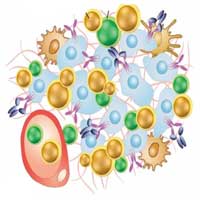 Scientists have developed a tumor enzymatic microenvironment-activatable antibody nanoparticle for robust cancer immunotherapy.
Scientists have developed a tumor enzymatic microenvironment-activatable antibody nanoparticle for robust cancer immunotherapy.
Subscribe to:
Comments (Atom)
